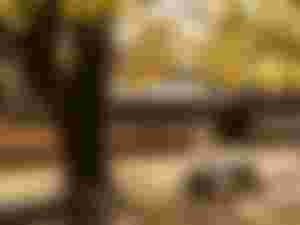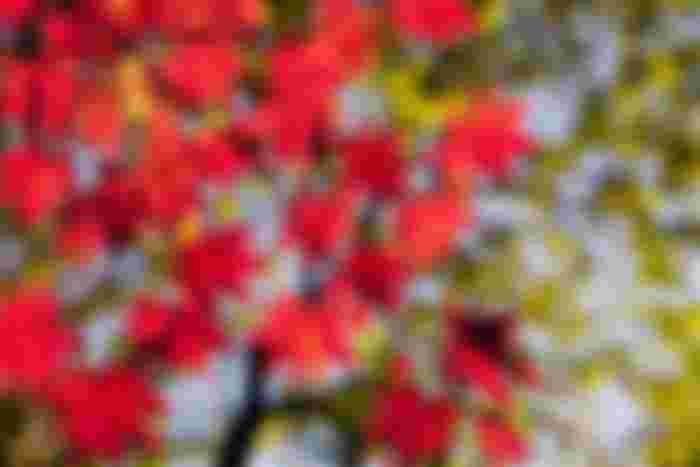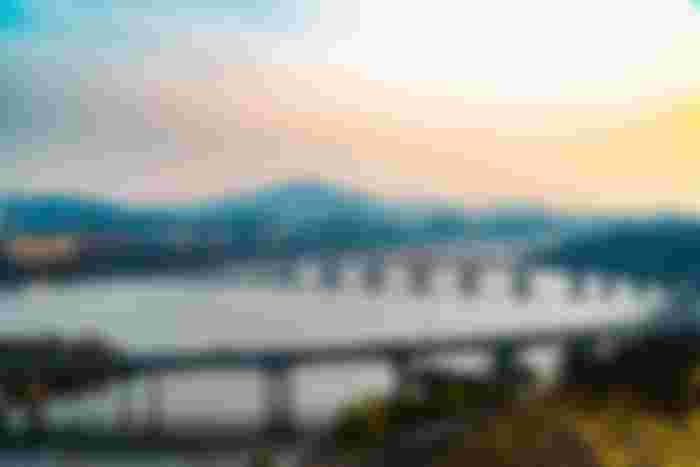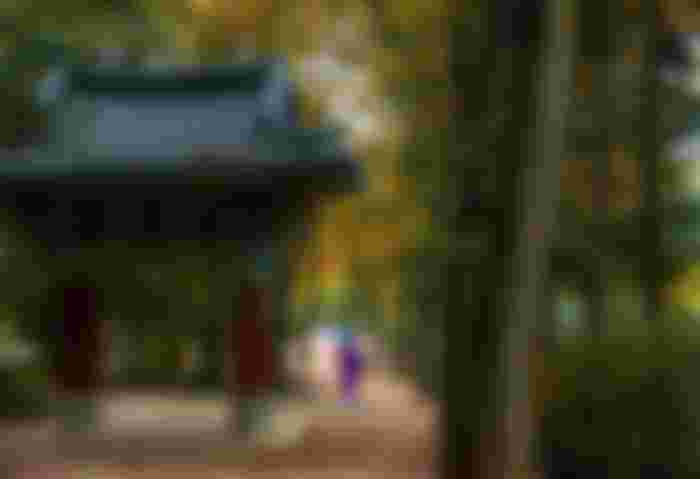Seoul, properly Sul-t'kpylsi ("Special City of Seoul"), is the capital and largest city of South Korea (the Republic of Korea). It is situated on the Han River (Han-gang) in the country's northwestern region, 37 miles (60 kilometers) inland from the Yellow Sea (west). Seoul is South Korea's cultural, economic, and political hub.
Seoul was the capital of Korea from 1394 until the country's formal partition in 1948, with the exception of a brief interregnum (1399–1405). In the Korean language, the word has come to denote "capital." During the Chosn (Yi) dynasty (1392–1910) and the period of Japanese rule (1910–45), the city was known as Seoul in Korean, while the official names were Hansng (Hanseong) and Kyngsng (Gyeongseong), respectively. Hanyang was the popular and official name of the city during most of the 14th century. With the formation of South Korea in 1948, Seoul became the city's official name. 234 square miles of land (605 square km). Pop. 9,794,304 in 2010.

Site in the city
The territory along the Han River that is now Seoul had been inhabited by people for thousands of years, and it became strategically important to the different kingdoms that governed the Korean peninsula during the early historic period, growing to become a city. Gen. Yi Sng-gye, the Chosn dynasty's founder, established Seoul as the capital of a united nation in 1394. The location was a militarily defensible natural redoubt that was also an unusually excellent site for a capital city, as it was located in the peninsula's center and adjacent to the navigable Han River, one of the peninsula's major rivers flowing into the Yellow Sea. Yi valued the proximity of this riverine location to both internal waterways and coastal sea channels because they were the means via which grain, taxes, and merchandise were delivered. Aside from the practical benefits, the property was well located in terms of p'ungsujirisl, the traditional belief in geomancy. Yi's chosen sector is still the heart of Seoul more than 600 years later. It is situated immediately north of the Han River in the lowland of a geographical basin surrounded by low hills that rise to around 1,000 feet (300 meters). Two years after the city was founded, an 11-mile (18-km) wall was built along the ridges of the surrounding hills, enhancing the basin's natural defensive advantages.
The fortifications' ruins are now a major tourist attraction. Similarly, the Ch'nggye Stream, a small tributary of the Han that drains the old city center but was covered over by streets and expressways in the mid-20th century, has been uncovered and restored; once a focal point for many residents' daily activities, it is now a river park and a tourist attraction. Until the early twentieth century, the original city district functioned to contain the majority of the city's growth. Although the population had increased to around 100,000 by the census of 1429, it had only increased to around 250,000 by the time of Japanese conquest in 1910, nearly five centuries later. The Japanese modernization program kicked off the first of multiple expansion cycles in the twentieth century, expanding the city limits in phases until they currently encompass both sides of the Han River, as well as the surrounding countryside.

Except in the northwest, where they are indented to approximately half that distance, the city's boundaries now form a ragged oval about 8 to 12 miles (13 to 20 km) from the original site; that northwestern edge lies only about 25 miles (40 km) southeast of the demilitarized zone that divides North and South Korea. Since the Korean War (1950–53), Seoul has risen significantly. Seoul's current boundaries is virtually the same as it was in 1963, and it covers roughly twice as much land as it did in 1948. Surrounding rural areas have sprouted suburbs, and satellite cities like Sngnam (Seongnam), Suwn (Suweon), and Inch'n (Incheon) have seen significant growth as the capital has grown.
The area of Seoul south of the Han River has been significantly developed since the 1970s. The wealthy area, known as Kangnam (Gangnam; "South River"), or "South City"—as opposed to Kangpuk (Gangbuk; "North River"), or "North City," north of the Han—contains nearly half of the city's population and, as a result, supplies half of the city's tax revenue. Teheran Street runs through Kangnam, which is marked by high-rise apartment blocks and new office buildings. Kangnam is transforming into Seoul's second central business district, attracting businesses in tourism, design and fashion, information technology, and other new technology fields.
Seoul's weather
The climate in Seoul is marked by a wide temperature variance over the course of the year. The coldest month is January, with a mean temperature of about 26 degrees Fahrenheit (3 degrees Celsius), and the warmest month is August, with a mean temperature of about 78 degrees Fahrenheit (25 degrees Celsius). The city receives about 54 inches (1,370 mm) of precipitation each year, with a high concentration during the summer months. Air pollution has become a severe problem in the basin and in Yngdng-p'o (Yeongdeungpo), an industrial district in the southwest, just south of the river, owing to an increase in the number of automobiles and companies. The Han has been heavily polluted for many years, but since the early 1980s, pollution levels have been dramatically reduced because to steps to control the river's water level and the development of large-scale sewage treatment facilities.

Layout of the city
The city center north of the river has a rectangular grid for street designs. Bukdaemun ("Great North Gate"), near the top of Mount Pugak (Bugak) in the northern part of the city; Tongdaemun ("Great East Gate"); Namdaemun ("Great South Gate"), a designated national treasure whose wooden superstructure was destroyed by fire in 2008 (the rebuilt gate was reopened in 2013); and Sdaemun ("Great West Gate"). The city stretches outward from these gates to the Mia and Suyu neighbourhoods to the north, Ch'ngnyangni to the east, Yongsan and Yongdng-p'o districts to the south, and Map'o district and Hongje neighbourhood to the west. Main streets are aligned east to west, such as lchi-ro (Euljiro) and Chong-no (Jongno).
Housing
A recurring concern has been a lack of homes. Many large-scale housing towers have been constructed, particularly along the Han River's banks. In addition, a large amount of residential housing has been built on the city's outskirts. Old-style wooden dwellings, known as hanok, can still be found in a few places of the old city, close to the city wall's ruins.

People
Seoul had a population of around 100,000 people when it was created as the Chosn dynasty's capital in the 14th century. By the 17th century, it had doubled in size and remained constant until the end of the 19th century. It increased steadily throughout the twentieth century, reaching 900,000 by the end of World War II (1945). Many Koreans who had been living overseas returned to Korea after the war, with the bulk settling in Seoul, as did millions of refugees from the north during and after the Korean War. Seoul had a population of 2.5 million people by 1960.
Image Sources:
Image by Alina Kuptsova from Pixabay
Image by Markus Winkler from Pixabay
Image by HeungSoon from Pixabay
Image by 경복 김 from Pixabay
Image by 재민 한 from Pixabay




What I like at seoul South korea is their actors, dramas, culture, places, and beauty. Maybe you can also write about Philippines too. haha